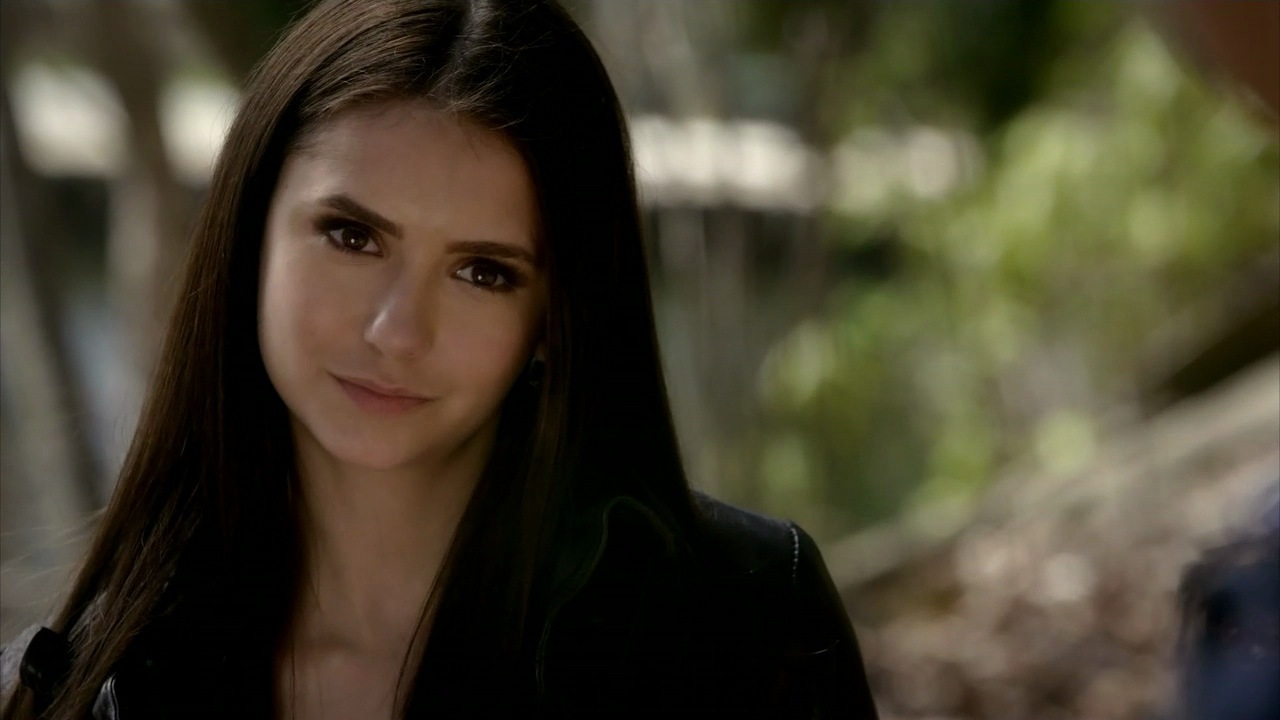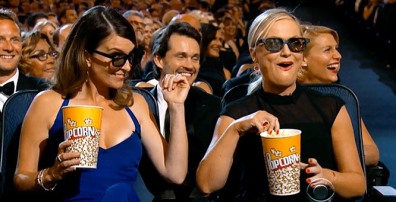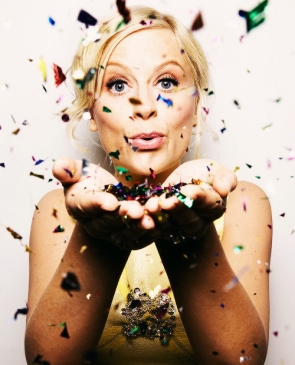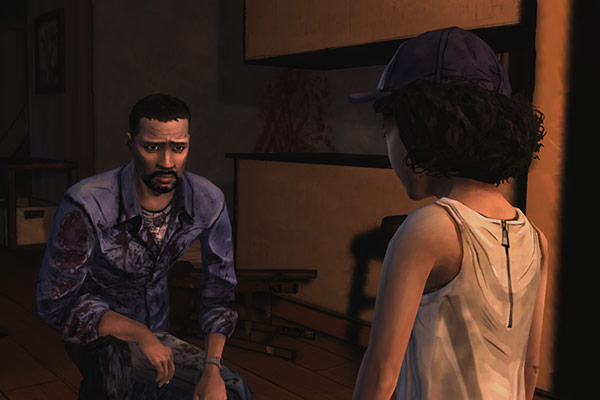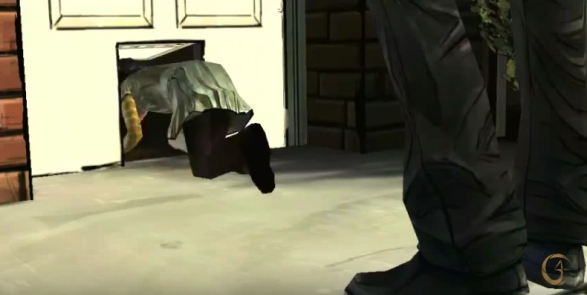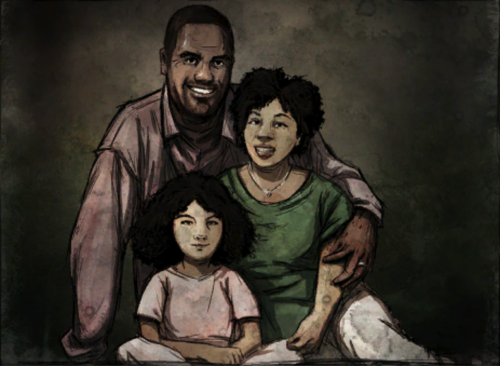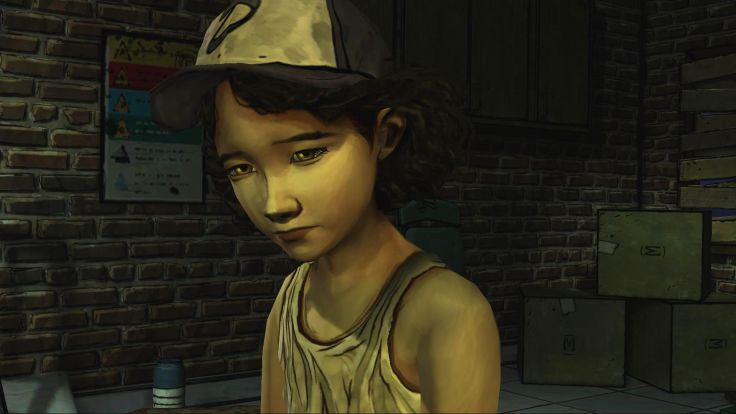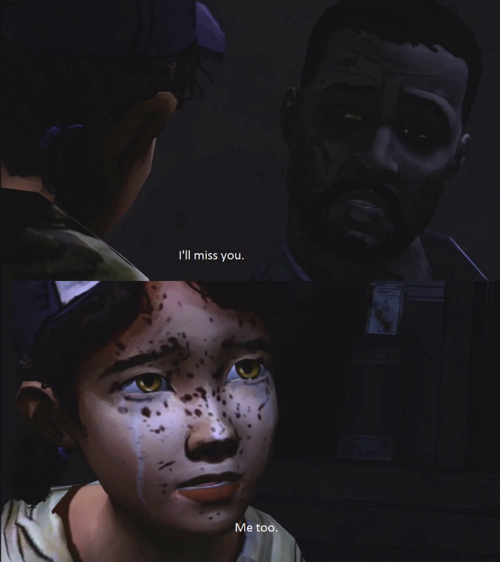S Y N O P S I S ;
From THE VAMPIRE DIARIES, Elena Gilbert is a human in a world of supernatural beings. Living in Mystic Falls after her parents die in a car accident, Elena’s life changes drastically when she and her friends encounter two vampire brothers, Stefan and Damon Salvatore. Stefan falls dangerously in love with Elena, who has an uncanny resemblance to Damon’s old lover, Katherine. While the secrets of Mystic Falls are unraveled, they all realize that the feud of mystical creatures is far from over.
E L E N A ;
I’ve chosen to depict Elena as she is in the television show, rather than the book series. In general, she embodies the following characteristics:
- ACCEPTING: Elena literally is friends with vampires… and her brother is a werewolf… and her best friend is a witch. I don’t know about you, but I’d be pretty spooked. She’s pretty okay with it, though.
- BRAVERY: She participates in Stefan & Damon’s vampire endeavors, fighting off the “bad guys” and sacrificing her life to help the people she loves. I honestly don’t know how she lasts 8 seasons of this show.
- FAMILY-ORIENTED: She is very close with her brother, Jeremy, and her adopted aunt/legal guardian, Jenna.
- FORGIVING: Damon snaps Elena’s brother’s neck, and Elena forgives him. Pretty cool, right? I’d forgive someone if they did that to my brother, too.
- INDECISIVENESS: Elena is in love with both Stefan & Damon, but she can’t decide between the two of them. Two aggressively attractive vampire brothers fighting for your love? I don’t blame her.
- SELFLESSNESS: She will do literally anything to keep her family, friends, and lover(s) safe. She even kills her brother at one point. I know I said above the Damon snaps his neck… he does… Jeremy just never freakin’ dies, I guess.
- STUBBORNNESS: Elena is so stubborn, it actually gets pretty annoying at times. Like, Stefan will tell her that it’s dangerous and she shouldn’t go outside and fight vampires, but she does it anyway and 80% of the time gets hurt and needs someone to take care of her. Her stubbornness gets her turned into a freakin’ vampire. “Turn me into a vampire, I won’t do anything until you do, because I’m annoying,” –my impression of Elena circa seasons 1-3 (she literally never stops whining about wanting to be a vampire).
As stated before, she gets mixed up with Stefan and Damon Salvatore, two vampire brothers. It is exposed later on that the reason the two brothers were initially so infatuated with her is because she is a Petrova Doppelgänger, essentially meaning that she is completely identical to her ancestor, Katherine Pierce. Damon was in love with Katherine, so he naturally falls in love with Elena, feuding over her love with Stefan.
T H E O R E T I C A L F R A M E W O R K S ;
FEMINIST CRITICISM
Elena is a very stubborn character. She shows stubbornness specifically with Stefan and Damon; whenever they try to help her with something, she insists on doing it herself. Ultimately, I see her as a very strong character. While she loves and cares for Damon and Stefan, she can do things without them and she can survive without them. In fact, there are some scenes where Elena saves their lives. There’s one scene where Damon encounters a “bad” vampire who is trying to kill him. This vampire hits Damon onto the ground and starts beating him with a baseball bat, pours gasoline on him, and lights a lighter, getting ready to light him on fire.
Elena stands there calmly talking to the bad vampire and trying to psychologically convince him to not hurt Damon anymore. This is an interesting approach to feminism, and I really like it. I know that there’s a lot of discussion about males being stronger than females, and I think this kind of idea relates to vampires being stronger than humans in some ways. In this way, Elena is not very physically strong, and this vampire is strong and has fangs to kill her. So, instead of trying to fight this vampire off (which would be – to put it bluntly – unrealistic), she uses her wit to talk this vampire down from hurting him.
“…women’s lack of social power, this lack being represented, by means of ‘castration’, as a male possession, though not in any sense a male attribute” (Barry 125-126). This quote from Barry reminds me significantly of his idea of “feminine vs. masculine”. Like I said above, Elena is by no means physically strong, but the fact that she was able to stop this strong vampire from hurting Damon shows a huge amount of respect that we should be having toward her. Women are painted as being weak and powerless, which is challenged in The Vampire Diaries, especially in scenes like this one where Elena shows her strength in unconventional ways.
Also, and I mention more about this below, but Elena truly identifies with the supernatural. That being said, she will do anything and everything to put her life at risk in order to save her friends and loved ones. In one scene, Damon is caught in a fire, and Elena is put in the position of saving his life. The fact that she is willing to almost die in order to help him challenges the idea of females being weak. Barry discusses how females have been known to be seen as incapable of physical work, but Elena challenges that. Throughout this series, she undergoes intense physical labor (running, fighting, etc.) in order to save her life and the lives of others.
“To posit all women as necessarily feminine and all men as necessarily masculine, is precisely the move which enables the patriarchal powers to define, not femininity, but all women as marginal to the symbolic order and to society,” (The Feminist Reader 127). I like this quote, because Elena is not a girly girl. She is a girl who fights bad guys and saves lives, shown in scenes like the one above with Damon getting caught in a large fire and Elena having to save him.
Elena almost repels the “male gaze”. The male gaze has been described as so: “…in film women are typically the objects, rather than the possessors, of gaze because the control of the camera (and thus the gaze) comes from factors such as the as the assumption of heterosexual men as the default target audience for most film genres,” (FAQ: What is the “Male Gaze”?) Elena, on the other hand, is not very sexualized. She is seen in jeans and t-shirts for 90% of this show, now that I think about it. And while the show is based around two vampire brothers fighting for her love, she doesn’t just let it happen. She fights back to them, and doesn’t let them take advantage of her at all.
POSTCOLONIALISM
Elena Gilbert can easily be compared to Barry’s idea of “the Hybrid.” For the first few seasons of this show, Elena is human; however, even though she is a human, she almost identifies as a vampire. Since she spends so much of her time with Stefan and Damon, who are two vampires, she begins to identify with them. “…hybridity and ‘cultural polyvalency’, that is, the situation whereby individuals and groups belong simultaneously to more than one culture,” (Barry). When someone brings up something negative about vampires, Elena immediately becomes immensely defensive, because she has found herself belonging to the vampire world. For example, when Alaric Saltzman is introduced into the story as a teacher at Elena’s school, he has a huge ring on one of his fingers. Elena soon finds out that this ring is one of the Gilbert Rings, which was created by one of her ancestors to ward off supernatural creatures and prevent humans from getting killed by them. From there, she was able to deduce that he was not only afraid of getting hurt by a vampire. More importantly, however, he was a vampire hunter, meaning that Damon and Stefan needed to stay away from him. That being said, Elena felt the need to protect herself along with Damon and Stefan, because she felt threatened by him and his urge to kill vampires.
Additionally, Elena is, by default, considered “the Other.” She has been pulled into this world of supernatural creatures and can never escape. Since her normal world is full of humans, she no longer is able to relate to the humans. She relates more with the supernatural, which shows her as the outsider in society; she falls into tension-filled relationships, because she begins to care more about the vampires, witches, and werewolves in her life rather than the humans. Barry states, “…The people there being anonymous masses rather than individuals, their actions determined by instinctive emotions (lust, terror, fury, etc.), rather than by conscious choices or decisions,” (Barry 186). Most importantly, Elena is then, by default, classified with these supernatural creatures, simply because she loves and cares for them. Supernatural creatures do not have a good reputation in this society; they are known for brutally killing humans, and that is ultimately how Elena is being seen by people once they find out she is associated with these “killers”. However, if you watch the show and follow the story, you will find out that these supernatural creatures are anything but killers – they feel just as much as humans. At the end, though, this idea of “homogenous” individuals that Barry introduces shows Elena as one of these killers, because society sees them as all the same (the supernatural creatures themselves along with anyone who associates with them). “…a European cultural tradition of ‘Orientalism’… identifying the East as ‘Other’ and inferior to the West,” (Barry 186). Just like the East vs. the West, the supernatural are inferior to humans. The “us” are the humans, and the “them” are the supernatural. Again, this type of attitude toward Elena can be seen throughout her ongoing relationship with characters like Alaric Saltzman who are constantly fighting against vampires and not giving them a chance.
C U L T U R A L S I G N I F I C A N C E ;
Elena Gilbert is an essential hero in our society. I find myself being attracted more and more to the stories of female heroines, and I know that a lot of people around me feel the same way. In a society where women are marginalized and don’t have a lot of the same rights as men, a lot of females (like myself) look to stories like The Vampire Diaries in order to feel like we have some sort of worth. The fact that this teenage girl is going around and killing vampires and saving her friends from danger is–as corny as it sounds–a really reassuring thing to witness. The fact that a show starring a female has become this popular is great. Characters like Elena are one small step toward female equality, and it’s really easy to appreciate a story like this.
Also, Elena is an outsider. Being in high school is hard; I know I went through a lot where I felt like the outsider and felt like I didn’t belong anywhere. Elena goes through that same sort of thing; she finds herself in this world of vampires and can’t relate closely to humans after her interactions with the vampires; however, she gets through it. And honestly, if a weird vampire girl can get through high school, so can I… I think that’s a very important message that this show sends out. The fact that a lot of high school aged individuals are watching this show allows them to see that people go through hard times, but you’re always able to get out of it in some way.
A lot of viewers relate to Elena because she is classified as that “outsider.” It allows people to see her as this imperfect character, which is more realistic than if she were just this beautiful, flawless vampire girl who didn’t go through hard times at all.
